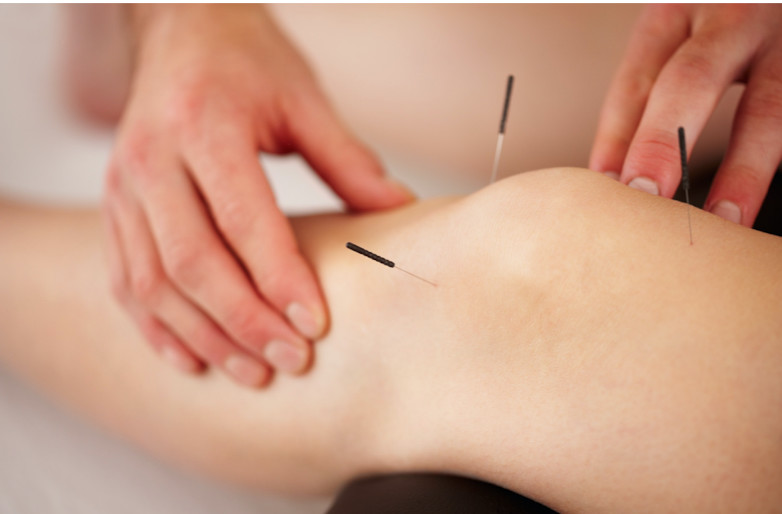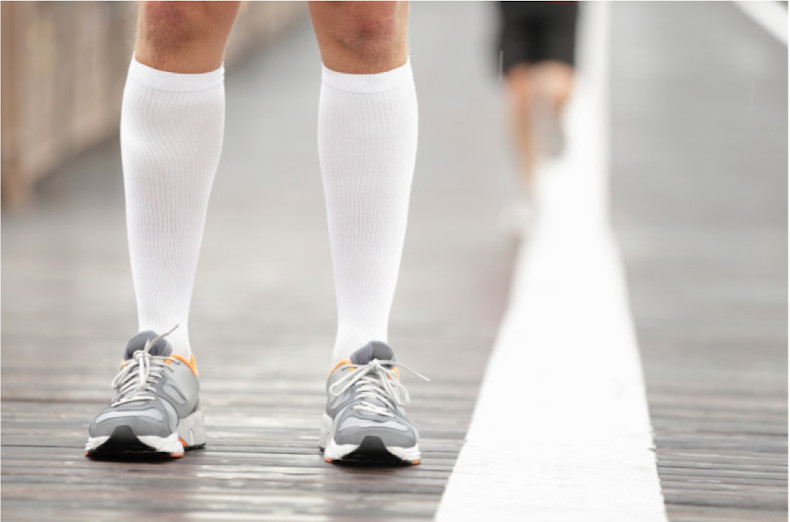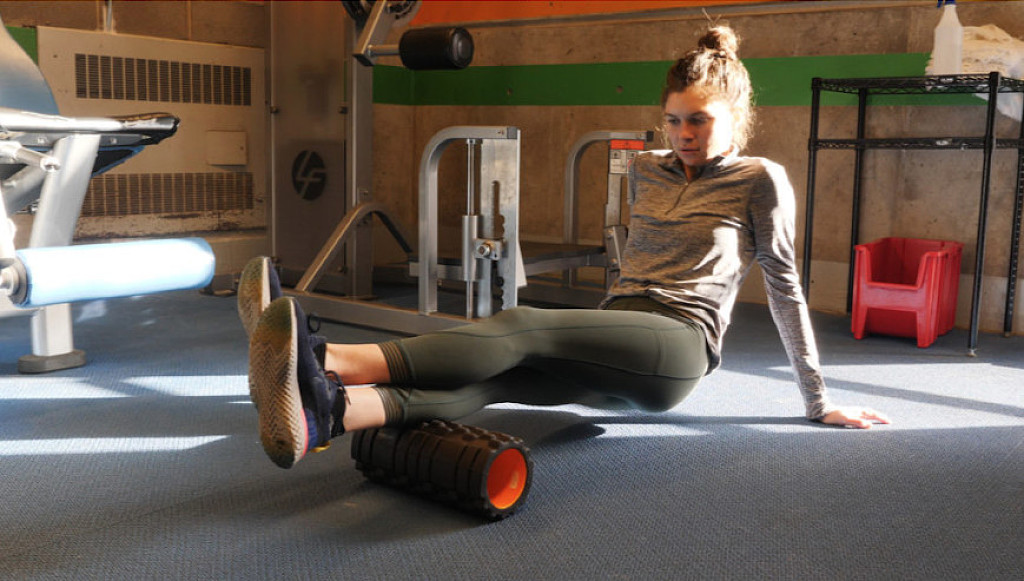Running News Daily
Running News Daily is edited by Bob Anderson. Send your news items to bob@mybestruns.com Advertising opportunities available. Train the Kenyan Way at KATA Kenya and Portugal owned and operated by Bob Anderson. Be sure to catch our movie A Long Run the movie KATA Running Camps and KATA Potato Farms - 31 now open in Kenya! https://kata.ke/
Index to Daily Posts · Sign Up For Updates · Run The World Feed
Alternative therapies for runners: do they work?
As runners, we will do just about anything to keep ourselves injury-free so we don’t have to miss even a single day of training. For that reason, we’re constantly on the lookout for the latest gadget or trend in therapy that promises to vanquish all of our aches and pains for good. Over the years, many alternative therapies have become popular, and some of them more effective than others. We spoke with Blaise Dubois, sports physiotherapist and former consultant with the Canadian national track and field team, who explained which therapies work, and which ones may not be worth your money or time.
First, Dubois explains that there is a difference between what is working for prevention, and what is working for treatment, as well as what is science-based and what is working in the clinical setting. For many of the therapies we will be discussing, there appears to be more clinical evidence that they work (i.e., runners are using them and feeling some amount of relief) than actual scientific proof that they are effective. He notes that even without robust scientific evidence, if something feels as though it is working for you, there may be at least some therapeutic value in it.


Acupuncture
Acupuncture has been popular for many years, as both a preventative therapy and as a treatment for injury. Despite its popularity, the scientific evidence that it actually works is less than convincing.
“There is absolutely no evidence that acupuncture works in prevention,” says DuBois, “but there is some evidence of it working for the treatment of some conditions.”
Interestingly enough, he says studies have shown that ‘placebo acupuncture’ typically works just as well as the real deal. Why? Because if the person believes that the treatment is working, it will. In the same way, real acupuncture doesn’t work if the person doesn’t believe that it will. This doesn’t mean that acupuncture has zero value as a treatment, but in most cases it will only work if you believe it will.
Dry needling
Dry needling is similar to acupuncture, but it goes deeper into the muscle. The goal of the procedure is to treat underlying trigger points (tight bands in a muscle fibre) that can disrupt function, restrict range of motion or cause pain and tenderness. Research has indicated that it is a safe and effective approach to managing pain, but it is rarely used as a standalone procedure, and is typically part of a larger physiotherapy treatment plan.
Epsom salts bath
Epsom salts break down into magnesium and sulfate in water, and the theory is that when you soak in an Epsom salt bath, these get into your body through your skin. There is no scientific evidence to prove that this works, but simply soaking in warm water can help relax sore and tired muscles. Dubois says that in his opinion, an Epsom salts bath is no better than a regular bath.
Ice bath
Dubois says that there are a few systematic reviews on ice baths showing that their subjective effect is greater than the objective effect. In other words, there is less scientific evidence to prove that ice baths work, but athletes tend to report that they help reduce delayed-onset muscle soreness (DOMS).
Dubois says ice baths are not a good option for injury prevention because DOMS is a natural part of the process for muscle adaptation from training, and reducing it too much can actually slow down your progress. For this reason, he recommends that athletes who want to use ice baths only use them near the end of the season when they want to recover faster because they have many competitions in succession. He suggests using ice baths sometimes during the season as a test to see how your body reacts, but to only do so when it’s really necessary.
“When you have a big competition, don’t use a method that you’ve never used before, because you don’t know how your body will adapt,” he says.
Compression socks
“Compression socks are exactly the same thing as ice baths,” says Dubois. “Subjective results are greater than objective results.”
He says that if you think you’re getting some benefit from them, you should use them at the appropriate time in your training so as not to impede muscle adaptation. Additionally, if you use compression socks every day and you feel they allow you to train more, Dubois says that this could be dangerous because you could become dependent on them, and if you forget them one day, your workout or your race will be ruined.
Foam rolling, massage, and massage guns
All of these types of therapies provide a neurophysiological effect, and while Dubois says that he loves getting massaged himself, he admits that there are many myths surrounding how or why it might be effective.
“They don’t decrease lactic acid, they don’t increase vascularization of the tissue,” he says.
There are neurophysiological benefits to massage, but there is no specific science showing that you will recover faster if you receive massage or use a massage gun or foam roller. Additionally, if you’re using a self-massaging tool, there is the possibility (although Dubois says it is small) that you could be too aggressive with it and end up causing further injury. He does not recommend using a foam roller or massage gun before your race or workout, because it could decrease your muscle tension and actually make you more prone to injuries. Instead, he suggests using it before bed.
Reflexology
Dubois likens this type of therapy to acupuncture, noting that whether it works is more dependent on patient belief than anything else. He admits he is not an expert on reflexology, but says that there is no scientific evidence that it is effective.
The bottom line
Mechanical Stress Quantification in running
View on the original site.
Does this mean you should never use any of these types of therapies? Not necessarily — in fact, Dubois will use some of them for his own patients from time to time. He explains that just because the science is inconclusive does not mean we shouldn’t try it, but we have to be critical of everything we see or hear about. So what does Dubois recommend for runners who want to prevent injury?
“80 per cent of the job of preventing injury is load management,” he says. “We need to look at all the stress the person is putting on their body, and we need to be sure that they are in a good zone to create adaptation.”
Runners can help themselves out by having the proper shoes and managing their training volume to a level their bodies can handle, but Dubois says that the two most important ways to prevent injuries are eating well and sleeping well. These two things are far more important than any therapy tool or practice you use.
by Running Magazine
Login to leave a comment




